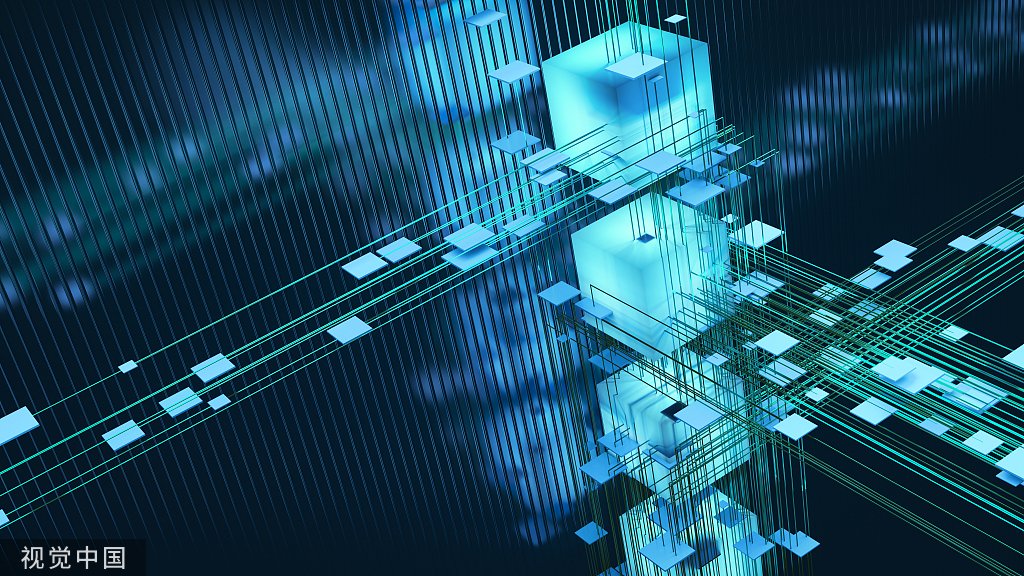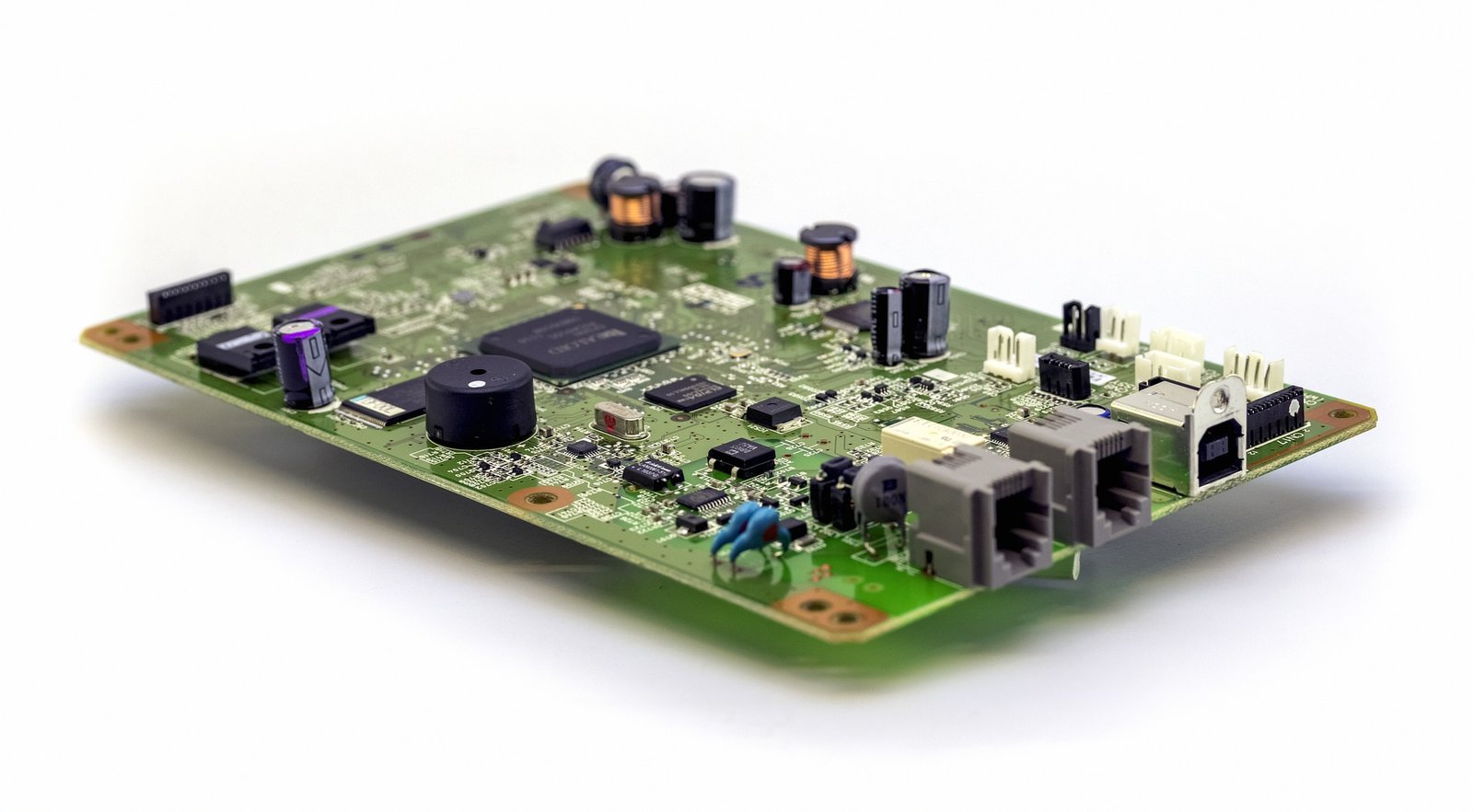In PCBA manufacturing, flux is a critical agent used during soldering to facilitate better adhesion and prevent oxidation. However, leftover flux residue can lead to corrosion, short circuits, and even affect the printed circuit board cost due to potential rework or failures. Therefore, cleaning flux off a PCB is essential to ensure the reliability and longevity of the assembly. Below is a comprehensive guide on the most effective methods to clean flux from a PCB, ensuring a clean and functional board.
Understanding Flux Residues and Their Impact
Flux residues vary depending on the type of flux used in the pcba manufacturing process. Common types include rosin-based, water-soluble, and no-clean fluxes. Each type has different characteristics and requires specific cleaning methods. If not properly removed, flux residues can absorb moisture, leading to ionic contamination, corrosion, and potential failure of the circuit over time. Moreover, visible residues can degrade the aesthetic quality of the PCB, which is critical in high-end consumer electronics and smart home PCB applications.
Methods for Cleaning Flux Off PCB
1. Manual Cleaning with Isopropyl Alcohol (IPA)
Isopropyl alcohol (IPA) is a widely used solvent for cleaning flux residues. This method is suitable for both rosin-based and water-soluble fluxes. Here’s how to use it effectively:
· Materials Needed: 99% IPA, lint-free wipes, a soft-bristle brush, and a container.
· Procedure:
o Moisten the lint-free wipe with IPA and gently wipe the surface of the PCB.
o For stubborn residues, use the soft-bristle brush dipped in IPA to scrub the affected areas.
o After cleaning, use a fresh wipe moistened with IPA to remove any remaining flux or solvent residues.
o Allow the PCB to air dry completely before further handling or assembly.
This method is effective for small-scale cleaning and pcb prototyping service, where precision and care are required.
2. Ultrasonic Cleaning
For more complex assemblies or bulk cleaning in a pcba factory, ultrasonic cleaning offers a highly effective solution. This method uses high-frequency sound waves in a cleaning solution to remove flux residues, even from hard-to-reach areas.
· Materials Needed: Ultrasonic cleaner, suitable cleaning solution (usually water-based with a specific cleaner for flux).
· Procedure:
o Place the PCB in the ultrasonic cleaner’s basket.
o Fill the cleaner with the appropriate solution as per the manufacturer’s recommendations.
o Run the ultrasonic cleaner for the recommended time, typically between 3 to 5 minutes.
o After cleaning, rinse the PCB with deionized water to remove any cleaning solution residues.
o Dry the PCB thoroughly, using either an air blower or by placing it in a drying oven at a low temperature.
Ultrasonic cleaning is particularly beneficial for turnkey PCB assembly operations, where multiple boards need to be cleaned simultaneously.
3. Automated Cleaning Systems
For high-volume production environments, automated cleaning systems are the most efficient way to remove flux. These systems use conveyor belts to move PCBs through various stages of cleaning, rinsing, and drying.
· Advantages:
o Consistent cleaning quality across large batches of PCBs.
o Reduced pcb assembly cost due to automation and efficiency.
o Environmentally controlled processes that ensure no harmful residues are left behind.
Automated cleaning is ideal for best PCB manufacturers who prioritize high throughput and quality.
4. Water Cleaning
Water cleaning is a method reserved for water-soluble fluxes. It involves using deionized water in combination with a detergent specifically formulated for flux removal. This method is efficient and environmentally friendly.
· Procedure:
o Rinse the PCB under a stream of deionized water to remove the bulk of the flux residue.
o Use a spray bottle with a mixture of deionized water and flux remover to clean areas with stubborn residues.
o Finish by rinsing again with deionized water.
o Dry the PCB thoroughly, preferably with an air blower or in a drying oven.
This method is common in industries such as automotive PCB service, where environmental compliance and thorough cleaning are critical.
Best Practices for Flux Removal
· Inspection: After cleaning, always inspect the PCB under a magnifying glass or microscope to ensure all residues have been removed.
· Handling: Minimize handling of the PCB with bare hands to avoid introducing oils or contaminants that can affect performance.
· Storage: Store cleaned PCBs in anti-static bags or containers to prevent contamination before final assembly.
Conclusion
Proper flux removal is a vital step in ensuring the reliability and performance of a PCB. Whether for a pcb prototyping service or full-scale production, the method chosen should align with the type of flux used and the specific requirements of the assembly. By adhering to the best practices and using the appropriate cleaning methods, manufacturers can maintain high-quality standards, reduce the risk of failure, and optimize the overall pcb assembly cost.
For more information on PCBA manufacturing and best practices, visit ArisenTec PCB.
Choosing the Right Wires for Breadboard Wiring: A Comprehensive Guide
Breadboards are a staple in electronic circuit building, offering flexibility and ease of use for both beginners and professionals. However, one of the most critical aspects of working with breadboards is selecting the right wires. The wires you choose can impact not only the functionality of your circuit but also its longevity and ease of…
How to Improve Heat Dissipation in PCB Design
Introduction As modern electronic devices become more complex and power-dense, heat dissipation has emerged as a critical factor that directly impacts device performance and reliability. Excessive junction temperatures in electronic systems can shorten the lifespan of components and lead to system failure. Thus, optimizing the PCB (Printed Circuit Board) design to improve heat dissipation is…
Manufacturing Process of Multilayer PCBs
Multilayer PCB manufacturing methods include the plated-through hole (PTH) and high-density interconnect (HDI) methods, both achieved by combining different processes to realize the circuit board structure. Currently, the most widely used method is the PTH method, which has been developed and refined over more than half a century. The PTH method is mature in terms…


